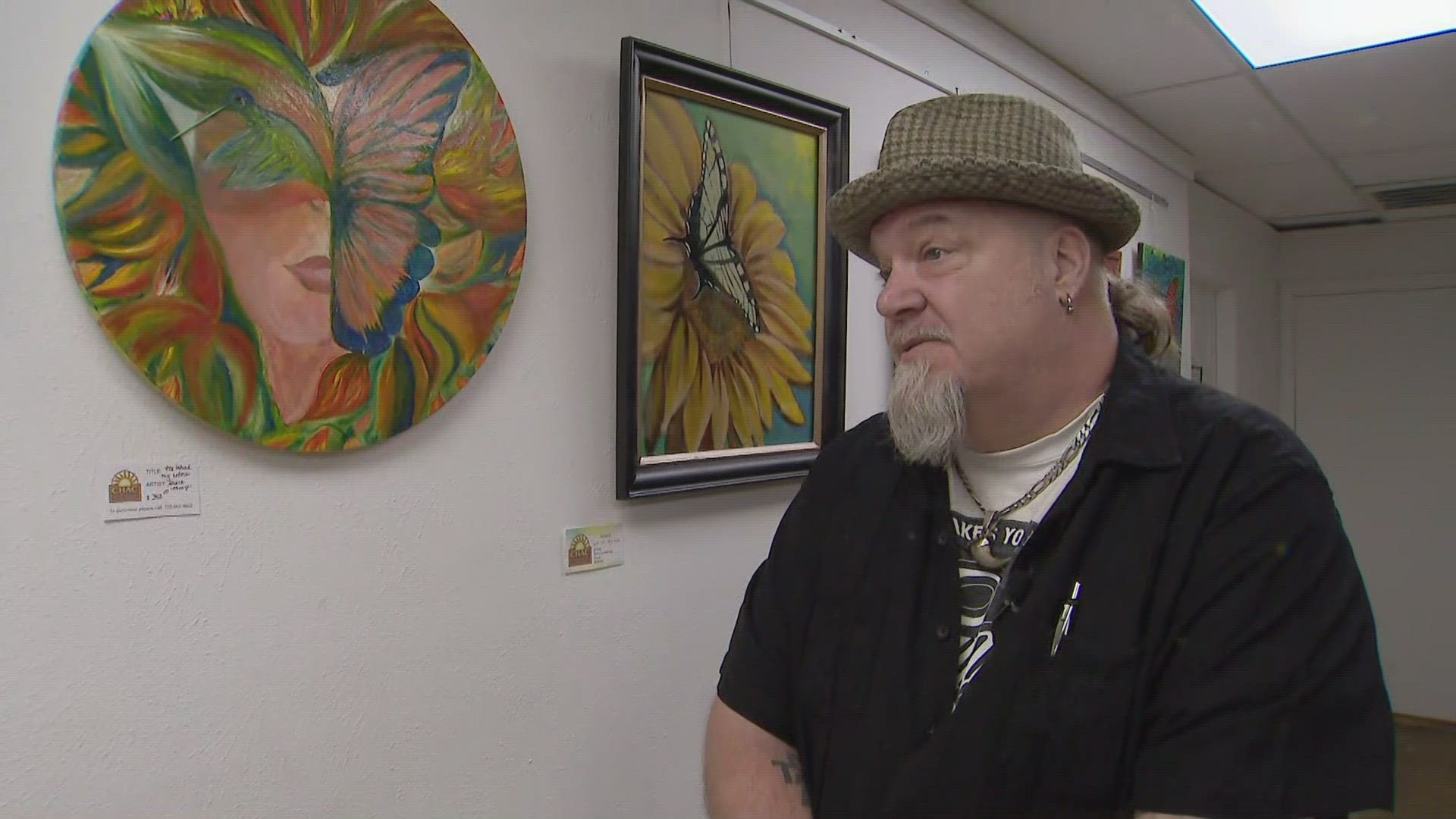KUSA - In the afternoon, when most students have left Columbine Elementary School in Boulder, others are still in class: not because they have to, but because they want to.
“I loved learning about this,” said student Paola Garcia.
This after school class is part of a program aimed at Hispanic students, called “CLACE” – the long version is the “Latin American Center for Arts, Science and Education.” It’s the brainchild of Marina La Grave, a specialist who consults with the National Center for Atmospheric Research, the National Science Foundation and NASA.
“Science truly is everywhere,” said La Grave, who is the CEO of CLACE CEO. “My goal is to really establish the connections where kids can find science in their everyday experience, in everything that they do.”
For Hispanic kids, that can be a challenge. Science and math can be intimidating to begin with and, on top of that, those fields are not exactly known for their diversity.
“Science is predominantly white, male,” La Grave said.
Dr. Violeta Garcia knows that first-hand.
“I focus on really changing the underrepresentation in STEM fields,” said Dr. Garcia, a trained biologist.
She decided to turn away from practicing science in a lab, to focus instead on getting kids interested in labs.
“I think the fact that I was the only [Hispanic] in those programs, really had an influence in trying to figure out a way to change that,” Dr. Garcia said, “because I really felt alone, oftentimes, and really kind of trying to figure out why is it that there are no more of me there – more Latinos, more students of color.”
She’s helped develop science-based curriculums for use in schools, with a component aimed at Hispanic students.
“How can they take different materials, for example, and create something new – where they see themselves as innovators,” Dr. Garcia said.
La Grave works on that, too. She takes everyday items, like a battery, magnets and colorful paper, to explain planetary science. At the same time, she is connecting students to other worlds, through their cultural backgrounds.
“If I’m a teacher standing in front of 20 Latino kids who are feeling, ‘This is Mars. This is space. I don’t belong there. This is too much,’ -- and then as a teacher, we say, ‘But let me tell you that the Mayans had the numerical system and they documented and traced the movement of Mars in the sky for 600 years,” La Grave said. “So, you come from a lineage of amazing mathematicians and astronomers.’”
It’s a powerful reminder that math and science are a part of their story, too.
“My dream career is to be an astronomer,” said Paola, who is now in 8th grade. “There is so much you can learn: there’s the stars, there’s chemistry, there’s a whole lot of things, there’s earth science, life science -- you can never get bored.”
“And you always experiment new things,” added her brother, Osvaldo, who is in 6th grade.
If you are interested in learning more about the STEM programs offered by CLACE or how you can incorporate some of the curriculum into your science class, go to www.clace.us or www.stemlearningbydesign.com


